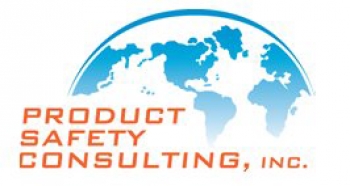So call us before you get red-tagged. If you contact us during your concept stage we can assure your success with the NRTLs. That when you can use us as red-tag erasers.
Our consulting team has extensive experience in:
- Quality Systems Development/Remediation Training
- Product Verification & Validation Regulatory Compliance
- Risk Management Production and Process Controls
- Risk-Based Planning & Analysis Quality Assurance & Validation
- Design Controls Business Process Re-engineering
- New Product Development Documentation & Change Controls
- SDLC CAPA
- Management Controls Project/Program Management
- Complaints, Recalls & MDR’s
Compliance Tip: Designating the Correct Driver Can Save Time and Money
LED Drivers have always been in the Recognized Component program at UL. One problem is being able to use multiple suppliers of Drivers without having temperature testing being repeated. UL was proactive in this regard and has introduced the TL program for Drivers. Get your Luminaire Listed with a TL rated Driver and get alternate Drivers added with no additional temperature testing. Your UL descriptive report still needs to be updated, but getting out of temperature testing speeds up the process. Talk to your suppliers or look in UL’s Category “FKSZ2” to find Drivers with a TL rating. Pick the hottest one your Luminaire can handle and adding lower rated TL Drivers is paperwork.

